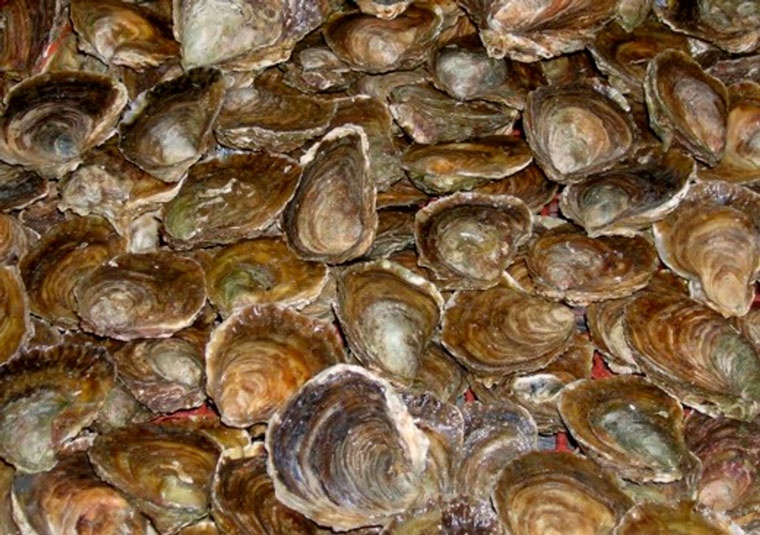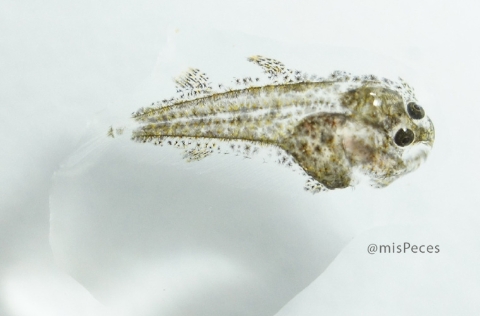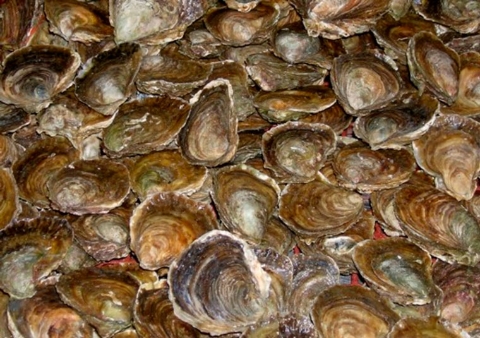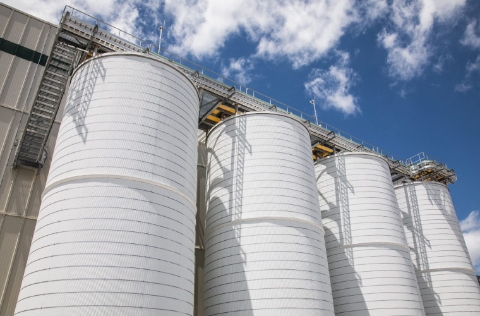
Scientists from the Roslin Institute at the University of Edinburgh and Heriot-Watt University have developed a groundbreaking, non-invasive method to detect Bonamia ostreae-the parasite responsible for bonamiosis-in European flat oyster (Ostrea edulis) without harming the animals. Published in the journal Aquaculture, this advance marks a significant step forward for both wild oyster restoration and aquaculture biosecurity.
“Oyster poo contains traces of Bonamia DNA if they’re infected. By sampling this material, we can screen large numbers of oysters at once without to sacrifice them,” said Dr Tim Bean, lead researcher at the Roslin Institute.
The technique is remarkably straightforward: live oyster are placed overnight in containers filled with aerated seawater. The next day, researchers collect faeces and pseudofaeces from the bottom. DNA is the extracted from this sediment and analysed using qPCR to detect the presence of the parasite.
This non-lethal approach has proven to be as sensitive-or even more so-than traditional tissue sampling and histology, and significantly more accurate than water-based environmental DNA tests.
The method was trialled at several sites across the UK. In areas with known Bonamia infections, such as Mersea in Essex and West Loch Tarbet in Scotland, the parasite was reliably detected in sediment samples. No false positives were recorded in parasite-free areas like Loch Craignish and Loch Melfort, confirming the test’s reliability.
Professor Bill Sanderson of Heriot-Watt University, a leading expert in oyster restoration, emphasized the significance of the discovery noting that “oyster restoration involves growing and then moving thousands of oysters from one site to another. We mustn’t take parasites or diseases with us, especially ones as deadly as Bonamia ostreae. This new tool gives us a way to quickly and cheaply monitor for infection while protecting precious oyster stocks.”
The portability of the system, which can be deployed directly in the field using mobile DNA extraction and PCR kits, makes it highly suitable for large-scale operations. The researchers also believe it could be adapted to detect other marine pathogens or even invasive species, although further investigation is needed.
Bonamia: a major obstacle to oyster recovery
Once abundant along European coastlines, the native flat oyster has suffered dramatic declines over the past two centuries due to overfishing, habitat loss and diseases like bonamiosis. While harmless to humans, Bonamia ostreae attacks the oyster’s immune cells, spreading silently and often leading to high mortality rates.
There are now over 50 restoration projects for Ostrea edulis underway across Europe. Rapid, non-invasive diagnostic tools like this could prove decisive in determining the success for future reintroduction and suitable aquaculture initiatives.
“This is about giving restoration teams, oyster farmers and regulators the tools they need to respond quickly and effectively to disease threats-without compromising the very species they’re trying to protect,” concluded Dr Bean.
The research was supported by the UK Seafood Innovation Fund, the Sustainable Aquaculture Innovation Centre (SAIC), and the Dornoch Environmental Enhancement Project, backed by the Glenmorangie Company.



